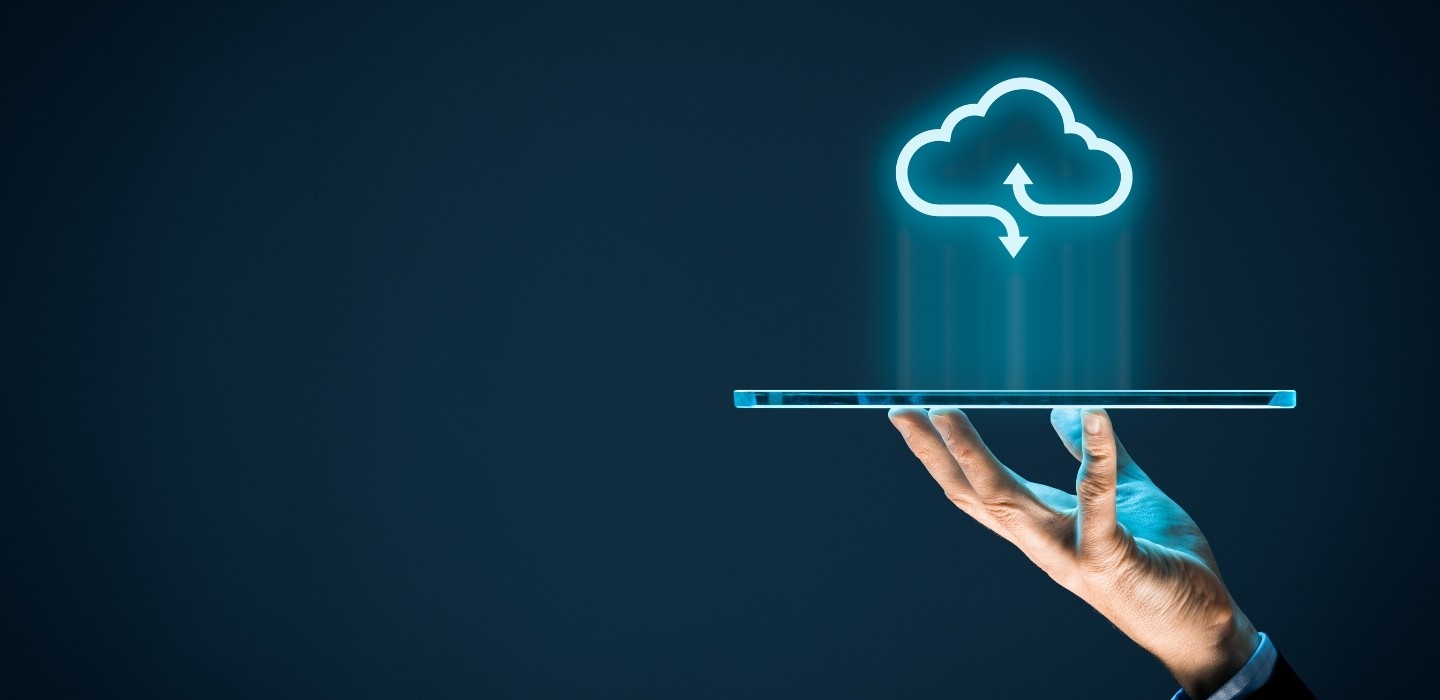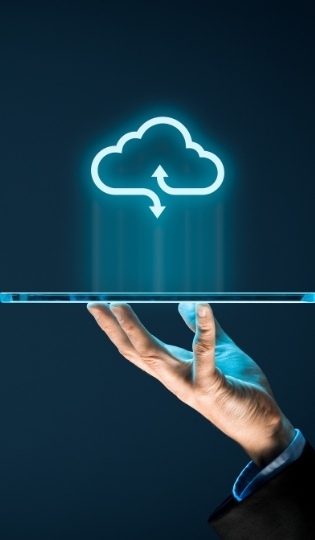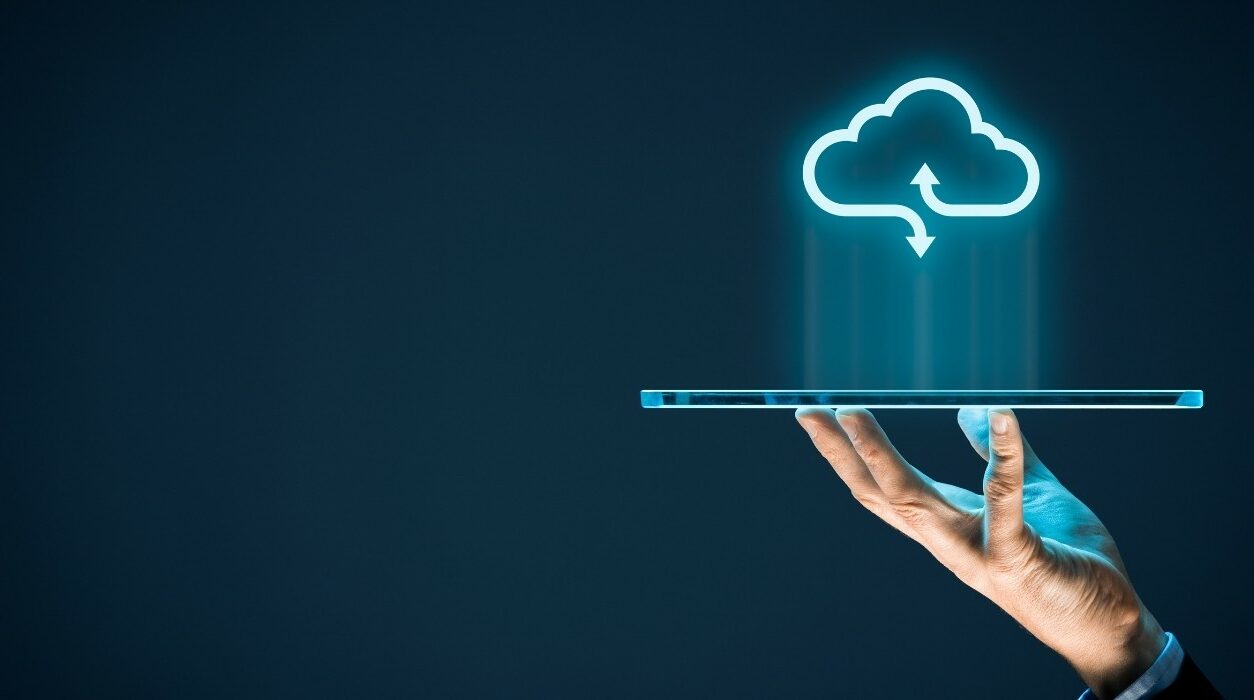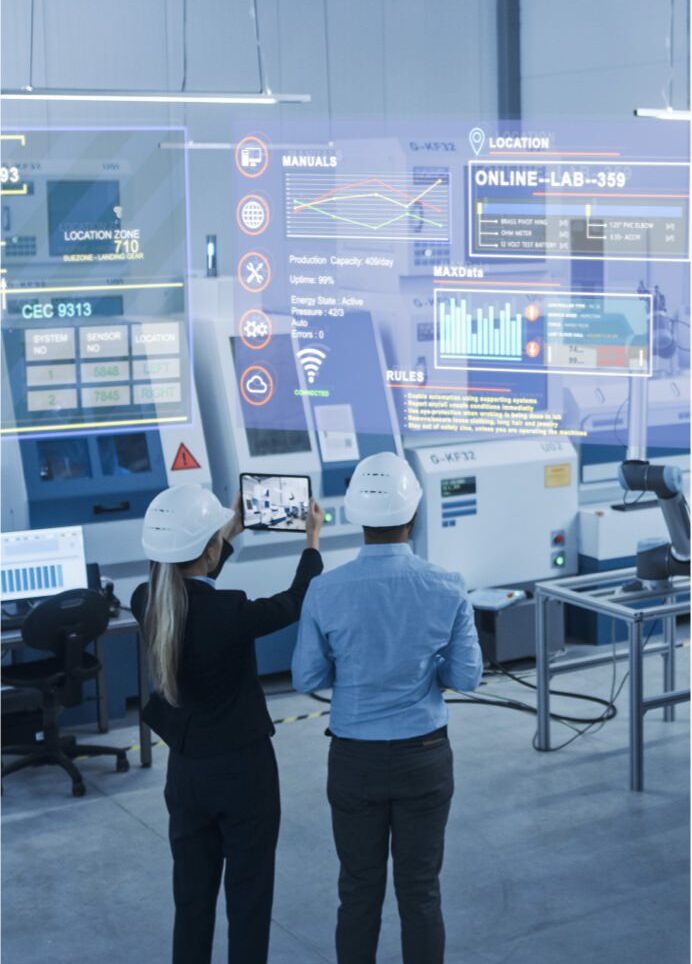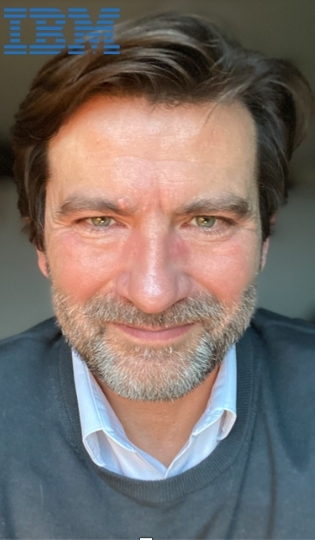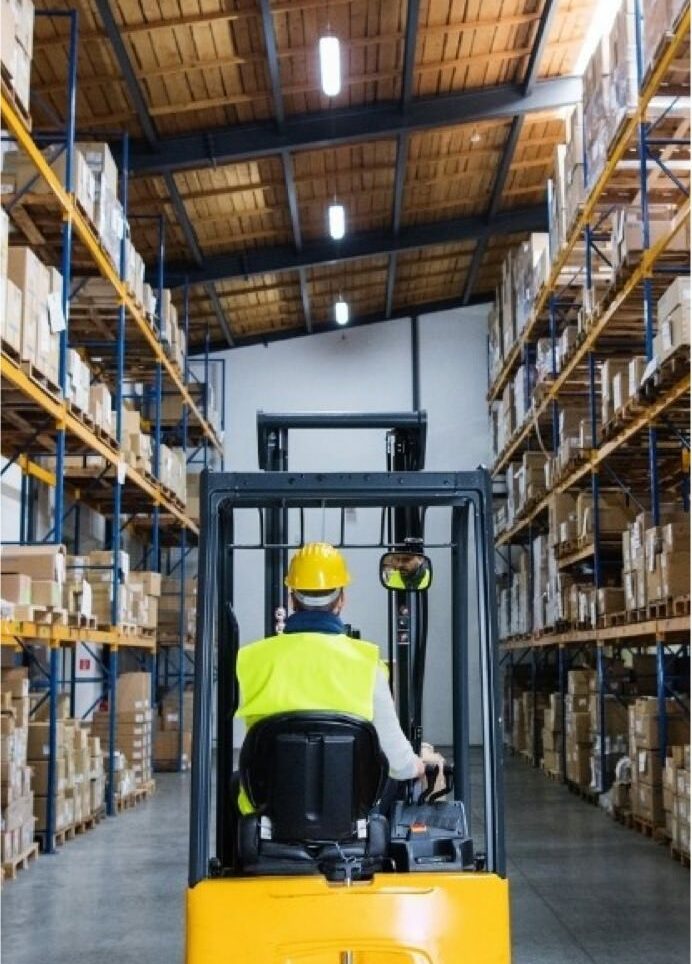Cloud vs Edge Computing
With the phenomenon of IoT, or the Internet of Things, we have seen in recent years a massive emergence of connected objects.
This generates a massive amount of data, and consequently a saturation of the Cloud, in which these data are processed.
This is why we are seeing the emergence of Edge Computing.
Edge Computing and the Cloud are therefore two complementary concepts.
In this context of industrial digitalization, it is necessary to understand them to know where and how to use them.
How does the Cloud work?
First of all, the Cloud covers all remote storage solutions.
Instead of being stored on hard disks or memories, data is available on gigantic servers accessible via the Internet, called Data Centers.
A technological innovation: Edge Computing
Edge Computing is a storage solution that allows data to be processed in a decentralized way, at a local level.
The data can then be processed directly by the connected objects, a computer or a server.
In other words, it is about processing data at the edge of the network, directly where it is generated.
The need for Edge Computing for Industry 4.0
Some industries rely on near-instantaneous processing of their data, but as data centers become saturated, latency can occur.
To solve this problem, Edge Computing is a solution for industries.
Because data no longer needs to travel across a large network to reach the cloud, the main benefit of this alternative is reduced latency.
Edge Computing can also be relevant when connected objects have poor connectivity.
It also helps to limit costs by optimizing infrastructure and is very useful for supply chain optimization.
Edge Computing and its limitations
Edge Computing has some drawbacks such as the increase in the number of devices, which makes the level of maintenance more important.
Also, adding more intermediaries to an already difficult to manage cloud network is a limitation of Edge Computing, which adds complexity to the existing cloud architecture.
What about security ?
Security is an aspect of Edge Computing that needs to be clarified.
Data security is, in theory, higher at the edge of the network because it stays close to its source.
On the other hand, devices at the edge of the network are precisely and a priori more vulnerable than data centers.
Measures such as data encryption and access control are therefore essential for data security in Edge Computing.
The agility of digital transformation by Zozio: using the local network or the Cloud
In order to best meet the requirements of its customers, Zozio has deployed a solution adaptable to any type of structure:
- Zozio connects to the customer’s local server
- Zozio can use the public (SaaS) or private (hosted at the customer) cloud server
When storing data, our team uses the Hard Raid system which guarantees data redundancy and reliability.
The data is stored in Zozio’s secure Data Warehouse.
Edge Computing: a symbol of the new industrial revolution
Edge Computing is an ally of the Cloud and responds to the challenges of availability, responsiveness and security of the information system.
Digital transformation, with the deployment of 5G in industry, could assist and contribute to the growth of Edge Computing.
Written by Emma Guignard
